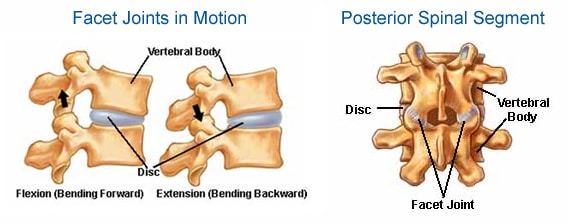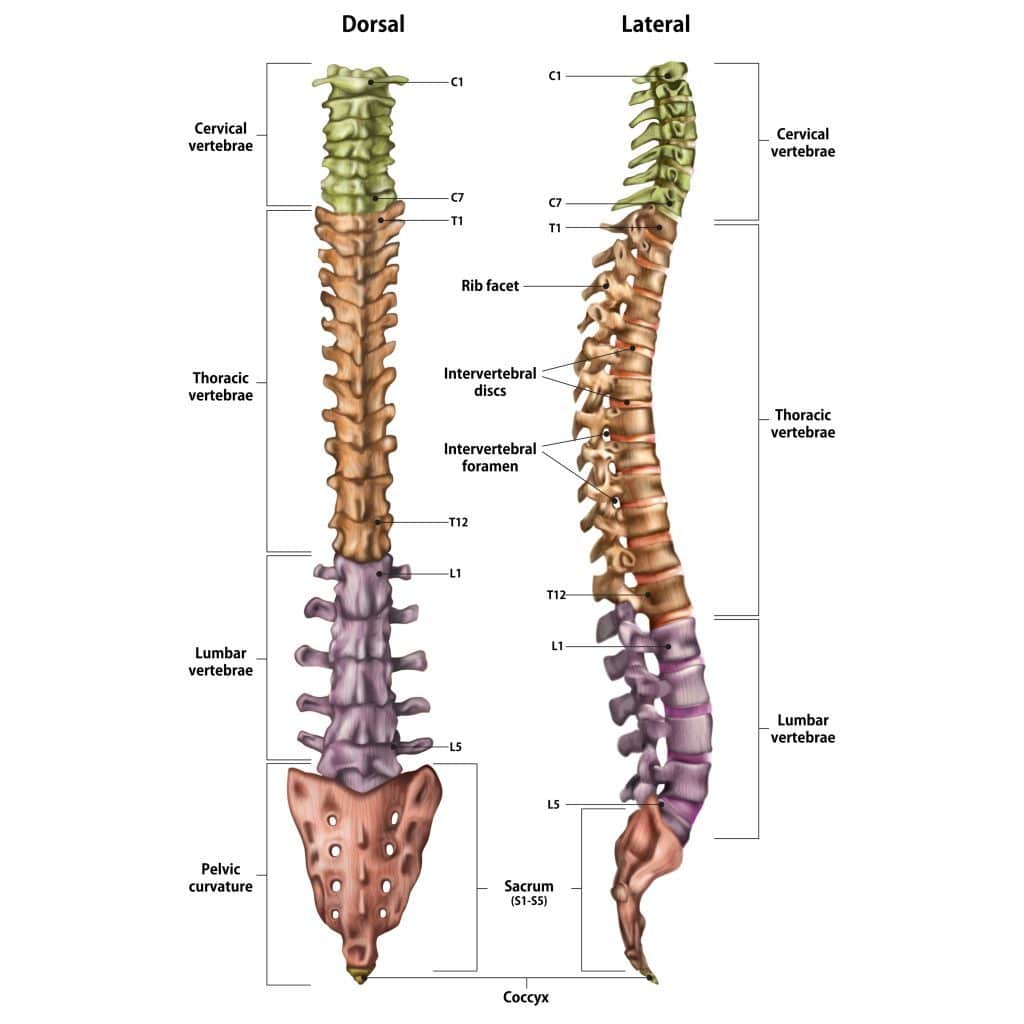Understanding how your spine moves to help prevent back pain.

Hi TLC-ers
October is National Backcare month, and so like last year, we’ll be using this month in TLC to focus on building and maintaining a Healthy Spine.
As part of that journey, I’m going to explain how and where movement comes from in your back.
As a Healthy Backs Practitioner, I see many clients for low back pain who have generally been told to come and ‘strengthen their core’ in a bit to ease their symptoms.
And whilst core strength is a core component (excuse the pun!), of a Healthy Back, it is most definitely not the only thing that drives a good back.
Back pain is multifaceted – lack of awareness, poor alignment, breathing, posture, daily habits, work, stress, hobbies, our motivations and beliefs and even things like neglecting our feet (how many of you regularly go to a podiatrist?), can all contribute to low back pain and discomfort.
But there is something else I see regularly in 1:1 work and that’s a lack of understanding of where movement comes from in your spine.
Without this understanding, we are often moving our spine in ways that it doesn’t like, (golfers who rotate from their lumbar spine being a classic example), when that happens, your back gets angry and irritated which manifests as back pain.
Time and time though, I’ve seen break through moments with clients when movement of the spine is explained to them and it’s amongst one of the first things I teach in a Healthy Backs session.
It’s this awareness that will improve not only your pilates practice, but your day to day movements, limiting unnecessary aches and pains.
Let’s look at how your spine moves.
Movements of your spine.
Your spine moves in 4 ways
- Flexion (think Cat)
- Extension (think Cobra)
- Rotation (think Thread the Needle)
- Side Flexion (think Standing Side Bend)
We’ll normally work through all of these movements in each of our Bodytonics.
But importantly, your spine doesn’t move equally in these 4 ways thanks to a unique little set of joints that run the entire length of your spine called your facet joints.
Latin for ‘fastening joints,’ these little joints connect (or fasten), the vertebrae above and below in your spine and are responsible for:
1. Guiding and limiting spinal movement
The amount of movement varies greatly between each section of your spine. This is largely due to the angle of the facet joints being orientated in different directions. For instance, our necks are naturally a lot more flexible than our upper and lower backs.
2. Stability
The facet joints play an important role in stabilising adjacent vertebrae to help prevent “slippage” between segments.
3. Preventing Spinal Nerve Compression
Openings on either side of your spine allow the spinal nerves to pass through. The facet joints help to maintain this opening so that your nerves do not become compressed.
4. Preventing Spinal Cord Compression
Your spinal cord runs immediately behind the body of the vertebrae through an opening called the spinal canal. The facet joints help to maintain this space so that your spinal cord does not become compressed.

The changing shape of your facet joints
As mentioned in point 1, your facet joints are unique in that the actually change shape as they move down your spine! This gives rise to different types of movement favoured by different types of your spine as follows:
- Your neck (cervical spine) – facet joints all for movement in all directions (the neck is the most flexible part of your back)
- Your mid back (thoracic spine – think the area where your rib cage is) – facet joints allow for mainly rotation
- Your low back (lumbar spine) – facet joints allow for flexion, extension (this must always be controlled extension), side bending.
In pilates, this is why things like paying attention to the sequence of movement in your exercises is really helpful, as well as centring to control (unwanted) movements of the spine like over extending your low back or preventing twisting or torquing of the low back. Both of which lead to back pain.
If you do any day-to-day movements that involve ‘twisting’ understanding movement of your spine can be a saving grace really especially if you are twisting to reach for things (commonly down in house work and gardening) or you play sport and involves a lot of rotation (tennis and golf for example). Make sure this comes from the right part of your spine – if in doubt, turn towards whatever you are reaching for instead of twisting.

Things to consider for a Healthy Back
Rotation is a movement deficient in almost every adult I see but without it, the facet joints at your mid back become ‘stuck’ and movement then goes to the next available joint….usually your low back.
A part of your spine that’s not designed to rotate….
Or the movement will go upwards, towards your neck…
And whilst the neck is designed to rotate, if you’re trying to rotate it on behalf of your midback, you’re going to get an awful lot of neck pain as the joints over work!
So just consider the following to keep your back healthy….
- Movement in all directions is essential to maintain a healthy spine!
- Build an awareness of how you move on and off the mat and make sure that movement is coming from the right part of your spine
- Develop your centre (core) to create stability for your low back
- As it’s the one move we tend to skip the most, then think about adding in spinal rotation to your daily routine to stop your midback from getting stuck (lots of open book stretches or thread the needle!)
And that’s it!
I hope you’ve found this Lifetonic educational and informative and I hope it helps you to maintain a Healthy Back for life.
Share in our Facebook Group your one big take away from this month’s Lifetonic. I’d love to know if this has changed your thinking and if you have any questions!
See you on the mat for some low back love.

P.S. If you want to read last year’s Healthy Back’s Lifetonic, then just follow this link.